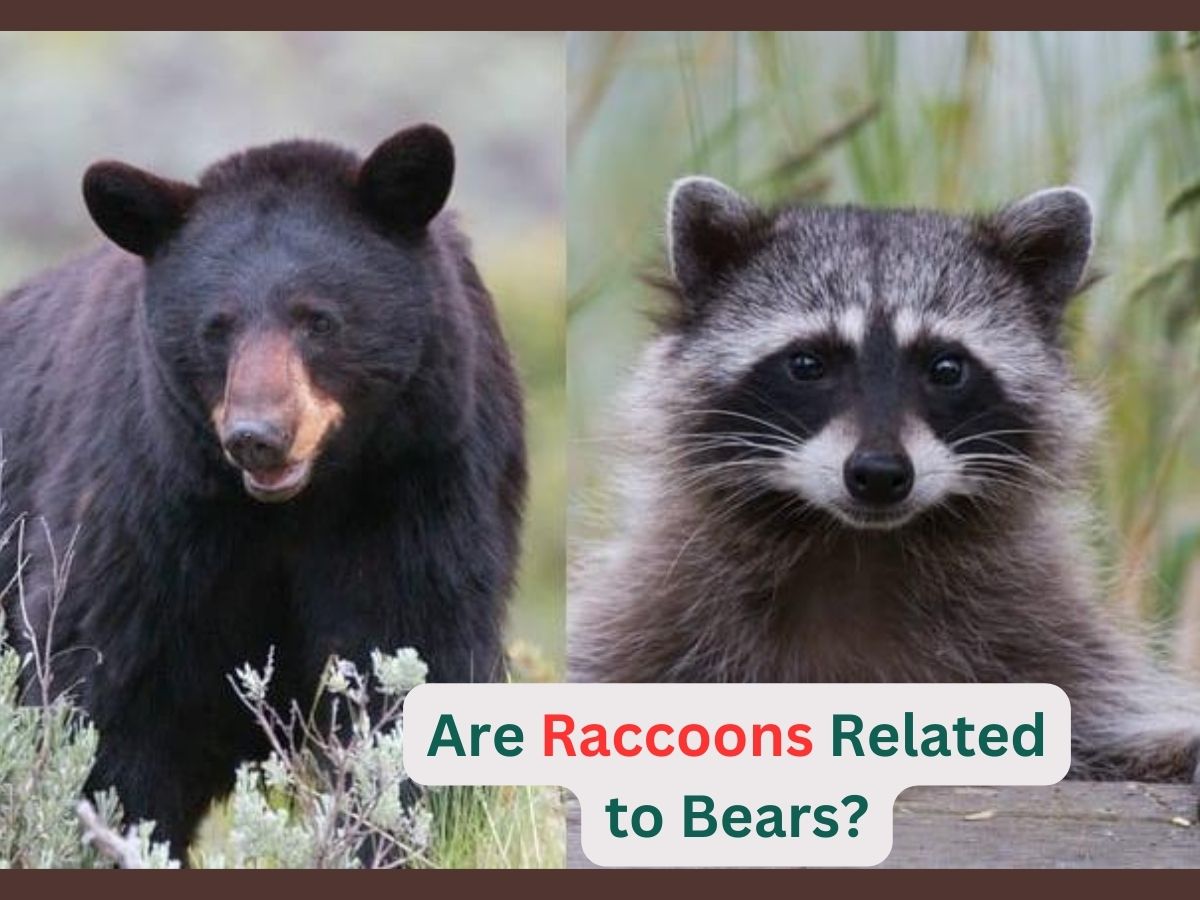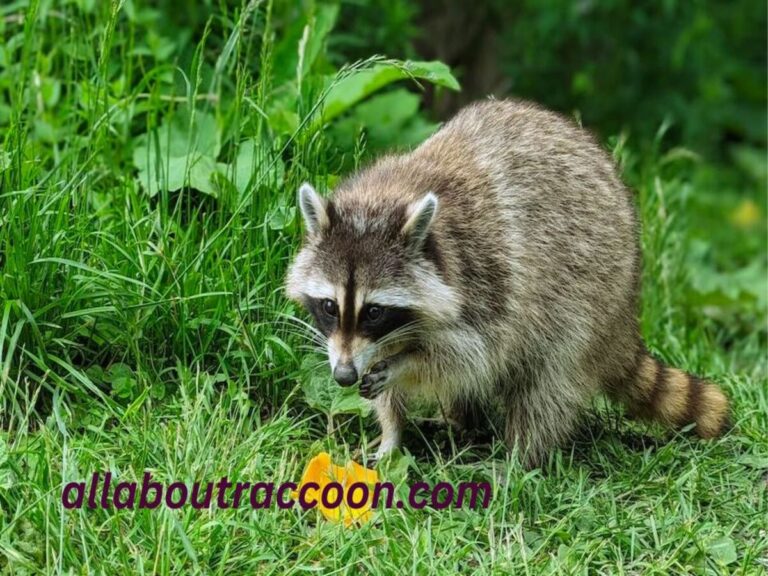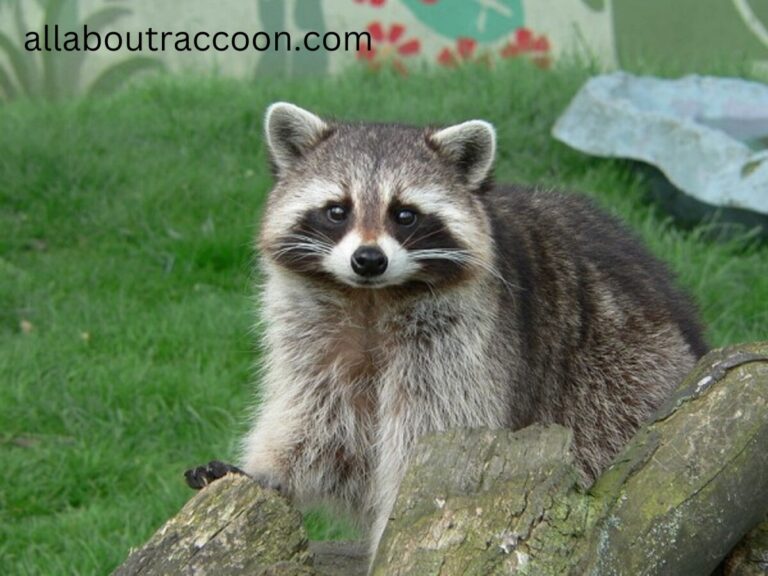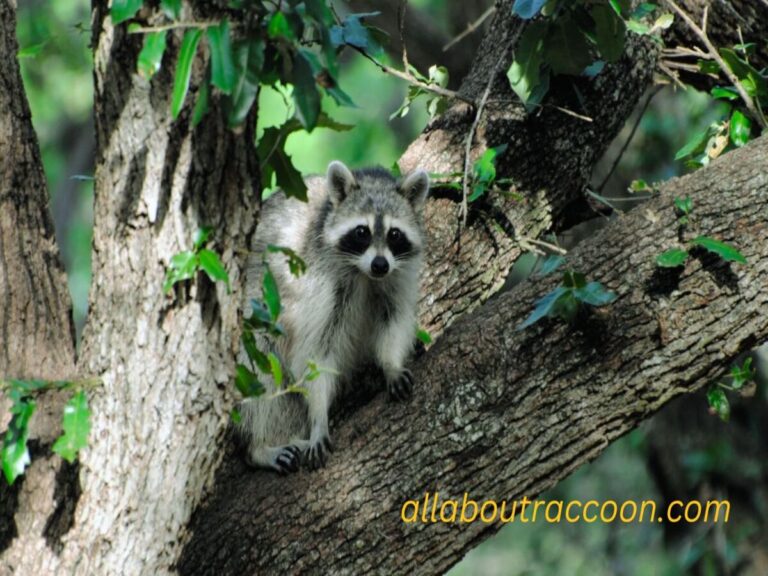Are Raccoons Related to Bears?-Surprising Connection!
Raccoons are very cute-looking mammals native to North America. They are very adapted and can live in both wild areas and urban settings. If you stumble upon a raccoon rummaging through your trash cans at night, you might wonder, “Are raccoons related to bears?” After all, their shared affinity for scavenging and their furry appearances might lead you to think so. These two creatures share some similarities.
In this article, we’re going to delve into the world of raccoons to find out what is the truth. This article will explore whether raccoons are related to bears or not! So let’s the amazing facts about raccoons.
Are raccoons related to bears?
Raccoons (Procyon lotor) are not closely related to bears (Ursidae) in their evolutionary lineage. Raccoons belong to the family Procyonidae, which includes several other species like coatis and kinkajous. Procyonids are a separate family within the order Carnivora.
Bears, on the other hand, belong to the family Ursidae and are classified under the same order Carnivora, but they are in a different family than raccoons.
- They share some superficial similarities, such as the shape of their paws and omnivorous diets. However, despite these similarities bears and raccoons have different evolutionary histories. They have distinct physical characteristics, behaviors, and ecological roles, reflecting their separate evolutionary paths.
Being mammals both the raccoons and bears share certain adaptations that allow them to survive in a variety of environments. Their genetic and evolutionary relationships place them in different branches of the mammalian family tree.
Scientific classification of Raccoons:
| Order | Carnivora |
| Family | Procyonidae |
| Genus | Procyon |
| Species | Procyon lotor |
| Binominal name | Procyon lotor (Linnaeus, 1758) |
Family Tree of Racoons and Bears:
The common raccoon (Procyon lotor) is the most widely recognized member of the raccoon family and is native to North America. It is known for its distinctive masked face and ringed tail.
- While bears and raccoons share an order (Carnivora), they belong to different families (Ursidae for bears and Procyonidae for raccoons). This means that they are not very closely related in terms of their family tree within the order Carnivora.
They have distinct physical characteristics, behaviors, and ecological roles, reflecting their separate evolutionary paths.
However, they belong to different families within this order. Let’s break down their family trees:
Family Tree of Bears (Ursidae):
Family Ursidae: Bears are found in various habitats all over the world except for Australia and Antarctica. These mammals have distinct features of a large head, a short tail, and usually a solid-colored coat. They are mostly diurnal (active during the day).
This family consists of bears, and it is further divided into several genera and species. The exact number of bear species may vary depending on taxonomic revisions, but some well-known bears include:
- Ursus arctos: Brown bear, which includes subspecies like the grizzly bear and Kodiak bear.
- Ursus maritimus: Polar bear.
- Ursus americanus: American black bear.
- Ursus thibetanus: Asiatic black bear.
- Ursus malayanus: Sun bear.
- Ursus spelaeus (extinct): Cave bear.
Family Tree of Raccoons (Procyonidae):
Family Procyonidae: This family includes raccoons and other related species. It includes small to medium-sized mammals. These mammals are native to America except raccoon dog which is native to Asia. Some key members of this family include:
- Procyon lotor: Common raccoon.
- Nasua nasua: South American coati.
- Nasua narica: White-nosed coati.
- Bassariscus astutus: Ringtail.
- Bassariscus sumichrasti: Cacomistle.
- Bassariscus bilineatus: Eastern cacomistle.
Are Red Pandas closely related to raccoons?
Red pandas are more closely related to raccoons than bears. Red pandas are small and fluffy animals. In truth, they are native to the Himalayas and southwestern China. They have distinct features like a reddish-brown coat, a long ringed tail, and a face that resembles a raccoon’s.
On the contrary, pinnipeds are more closely related to bears than raccoons. Pinnipeds are aquatic mammals that include seals, sea lions, and walruses. They have unique body features like streamlined bodies, flippers for limbs, and thick fur or blubber for insulation. Additionally, they are well-adapted to living in cold and marine environments.

Evolutionary history of raccoons and bears:
Here is a brief evolutionary history of bears and raccoons:
Raccoons and bears both came from a common ancestor around 50 million years ago, a small carnivore that was dog-like. As time passed, different groups of these dog-like creatures branched out.
Around 25 million years ago, one of these branches became the raccoon family, called Procyonidae. The early members of this family looked a lot like today’s raccoons. They started in North America and eventually moved to Central and South America. Some even traveled across the Bering Strait to Asia.
About 20 million years ago, another branch led to the bear family, Ursidae. These early bears were also similar in size and appearance to raccoons. They began in Eurasia and eventually spread to North America. Some even crossed the Himalayas and settled in Asia.
Similarities between raccoons and bears:
Feet and Claws:
- Both raccoons and bears have five toes on each foot with sharp claws that help them dig and climb.
How They Walk:
- They both walk like humans, with their whole feet touching the ground.
Eating Habits:
- Both like to eat lots of different things, like fruits, nuts, bugs, fish, eggs, small animals, birds, and dead animals.
Super Sniffers:
- They’re good at smelling things, which helps them find food and avoid danger.
Social Skills:
- Both of them are pretty smart and can do things like talk to each other, work together, play, be curious, and solve problems.
Differences between raccoons and bears:
Size:
- Raccoons are way smaller, like the size of a big housecat.
- Bears are much bigger, some can be as long as a car.
Weight:
- Raccoons are lightweight, about the same as a bag of groceries.
- Bears can be super heavy, some as heavy as a small car.
Looks:
- Raccoons have a cool black mask on their face and a ringed tail that makes them look special among animals.
- Bears have a plain-colored coat, but it changes depending on the type of bear.
Paw Power:
- Raccoons have flexible and clever paws that can pick up stuff and open things.
- Bears have strong and tough paws that can break branches and crush things.
When They’re Awake:
- Raccoons like to stay up at night and sleep during the day in cozy spots.
- Bears are active during the day and take their long naps at night in caves or holes.
Homes They Like:
- Raccoons can live in lots of different places, even in the city.
- Bears prefer certain spots with lots of food and hiding places, like forests or mountains.
Conclusion:
So, are raccoons related to bears? The answer is a resounding yes but not very closely! It means both raccoons and bears are not closely related to each other. These two creatures share a common ancestry within the Carnivora order and the Canidae superfamily. They’ve inherited certain traits and behaviors from a distant shared ancestor. However, they’ve also charted their evolutionary courses, with time. It results in distinct species with unique characteristics.
Raccoons and bears show us how different animals can be connected through evolution. it teaches us about the complexity of animals’ history.
FAQs:
Raccoons and bears are not closely related to each other. However, both the raccoons and bears have order Carnivora.
No, raccoons did not evolve from bears.







